Composition Scheme Under GST: What You Need To Know
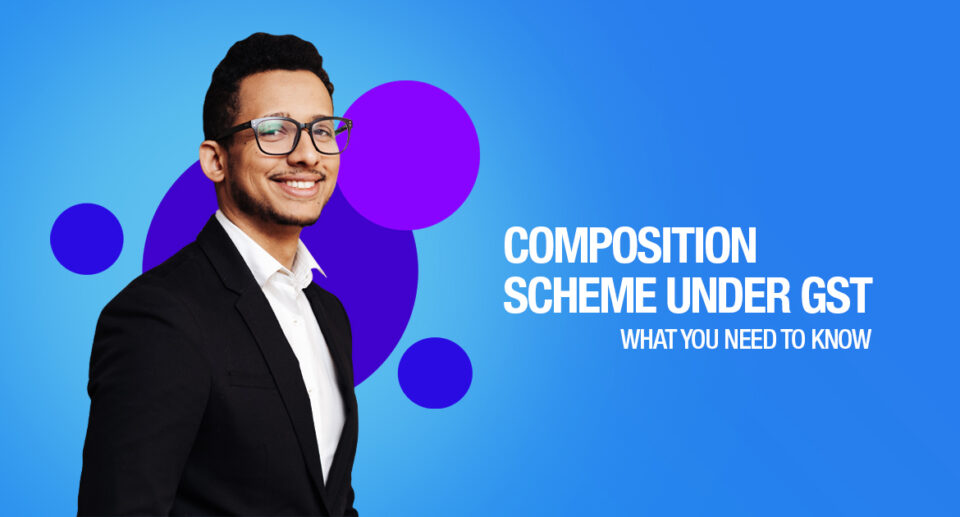
The composition scheme is a very simple and straightforward scheme under the GST regime. The main objective of introducing this scheme was to provide relief to small taxpayers (with a turnover of less than Rs. 1.5 Crore) who earlier had to go through very tedious GST formalities. Through this scheme, small taxpayers can now pay GST online at a fixed rate.
This article will elaboratively answer the question “what is composition scheme in GST?”. But, first, let’s take a wider approach and understand what GST is.
What is GST Composition Scheme?
The GST Regime and all the other tax regimes that came before it had always aimed for timely recovery of taxes, filing of returns, and simplified maintenance of records, invoices, etc. Although it is for the best, small business often finds it challenging to follow suit.
The GST Composition Scheme was introduced with the sole purpose of overcoming these shortcomings.
The scheme also includes a provision for taxpayers with a turnover less than a specified limit to pay tax at a lower rate after meeting certain conditions.
The scheme is opt-in. In other words, the interested taxpayers should notify the tax authorities of their intention to be registered under the scheme.
The applicant will be treated as a normal taxpayer if they fail to comply with the terms and conditions.
Advantages of the GST composition scheme
The following are the main reasons why businesses should opt for the GST composition scheme –
Less compliance
The lack of excruciating compliance is the most attractive advantage of this scheme. Taxpayers under the GST regime spend a lot of time filing GST returns. This will not be the case if they opt-in for the composition scheme.
A person who has opted in for this scheme has to file only five returns (i.e., four quarterly returns and one annual return).
A regular taxpayer, however, should file monthly returns and an extra annual return. Taxpayers under the composition scheme are not required to keep detailed records either.
Lower tax
Taxpayers under the composition scheme enjoy the benefit of lower tax rates. The government has specified separate rates for the composition rate and for normal taxpayers under GST.
High liquidity
Since taxpayers will be paying less tax under the composition scheme, businesses will have more working capital that they can invest in improving the business.
Creates a level playing field
Since the profit margin of a taxpayer under this scheme is better than that of a large organization, they stand a better chance at triumphing over the economies of scale by offering better prices and getting a better understanding of local markets.
The scheme also considers the interest of small suppliers doing interstate transactions and helps build a sustainable and competitive supply market.
Encourages startups
Startups are almost always trying to save whatever money can be saved. That is exactly the benefit that the composition scheme is offering for startups since taxes are lower if turnover is less than Rs. 1.5 Crores.
Because of the lower tax rates, startups will be more motivated to expand their business and thus creating more jobs.
Disadvantages of the composition scheme
The following are some of the major drawbacks of the composition scheme.
No inter-state sale
The biggest disadvantage of the composition scheme is that it does not permit inter-state sales. So, suppliers opting in for the compensation scheme have to limit supply to the state in which he/she has registered. In effect, such suppliers cannot export goods as it is considered inter-state under GST.
No input tax credit
The composition scheme excludes taxpayers from availing input tax credit paid by them on inward supply from a registered taxable person (who also cannot get any credit). Because of this, the taxable amount is passed on to the customer as increased costs.
No tax collection
The composition scheme does not permit taxpayers to recover the composition tax from buyers because they are not allowed to create a tax invoice.
Restricted geographic access
Because the businesses are restricted to the state in which they are registered, they cannot use e-commerce to supply goods.
Generally, Less preferred
Registered persons would not really prefer purchasing goods from a dealer who is registered under the composition scheme.
The main reason for this is the loss of input tax credit for inward supply made by a dealer registered for the composition scheme. This results in price distortion, and the resulting loss will have to be borne by the registered person.
GST composition scheme rules
The following are the taxable persons who are not allowed to opt-in for the GST composition scheme rules.
- A person or a business supplying goods through e-commerce portal operators that collect tax at the source
- Individuals and businesses engaged in inter-state supply of goods
- Producers of ice cream and other edible ice with or without cocoa as an additive
- Producers of tobacco products, tobacco substitutes, and pan masala
- Businesses/persons who have purchased from unregistered suppliers. Note: such persons are not exempted if GST is paid on such goods on a reverse charge basis.
- Suppliers dealing with goods that are exempt under the GST Act.
Note: The above list is purely indicative and subject to change.
It has to be considered that though under the existing rules, registered entities and individuals are not allowed to do inter-state supply of goods and services, such businesses are allowed to get goods and services from suppliers that are permitted to carry out inter-state operations under the GST Act. So, entities registered under the composition scheme can purchase goods and services from outside the state but are not permitted to sell anything to consumers or businesses outside the state.
What is the composition scheme GST rate?
Below are the applicable composition scheme under GST rate –
| Business Type | CGST | SGST | Total GST |
| Manufacturers and traders of goods | 0.5% | 0.5% | 1% |
| Restaurants | 2.5% | 2.5% | 5% |
| Service Providers | 3% | 3% | 6% |
What is the composition scheme GST turnover limit?
Only businesses with an annual turnover of up to Rs. 1.5 Crore can opt-in for the composition scheme. For the purpose of the composition scheme, the turnover of businesses with the same Permanent Account Number (PAN) has to be summed up to calculate the turnover.
Composition Scheme under GST for services
Initially, the scheme was exclusive to suppliers. However, it was announced in the 32nd GST Council Meeting that the scheme would be available for service providers – and it was available from 1 April 2019.
The scheme gives services providers an annual turnover of up to Rs. 50 Lakhs to pay tax at a lower rate subject to terms and conditions. This scheme is open for the following entities:
- Suppliers of goods and services (those who were not eligible for the composition scheme earlier)
- Suppliers of services (i.e., service providers)
The method for service providers to opt for the scheme is the same as that of an existing composition taxpayer. But, such taxpayers must tick ‘any other suppliers eligible for composition levy’ on the GST CMP-02 form.
Suppliers of services should satisfy the following conditions to be eligible under the scheme:
- The turnover for the previous financial year must have been less than Rs. 50 Lakhs
- The supplier should not be a supplier of non-taxable goods
- The supplier should not be engaged in inter-state supplies
- The supplier should not be supplying through e-commerce
- The supplier should not be a non-resident taxable person or a casual taxable person
- The supplier should issue a bill of supply instead of a tax invoice. He/she must mention the ‘composition taxable person’ on the bill of supply.
- The supplier cannot charge or collect any tax from customers
- The supplier cannot claim an input tax credit
- The supplier must pay normal tax for reverse charge supplies
- The supplier must not be supplying ice cream or other edible ice, whether or not containing pan masala, cocoa, and tobacco, or tobacco substitutes
The applicable GST rate for composition service providers is 6% (3% CGST + 3% SGST). To calculate the aggregate annual turnover, the value of supply of exempt services by including deposits, loans, and advances where income is shown by way of discount or interest shall not be considered. Taxpayers are required to file only one return annually and pay taxes quarterly with a simple declaration.
The GST composition scheme limit
The limit of the composition scheme under GST depends on the type of business someone runs.
- Manufacturers and traders: For newly registered businesses, the total turnover should not exceed Rs. 1.5 Crores in the current FY. For already registered businesses, the turnover must not exceed more than Rs. 1.5 Crores in the previous FY.
- For restaurants serving alcohol: same as the above
- For service providers: For newly registered businesses, turnover should not exceed Rs. 50 Lakhs in the current financial year, and for already registered businesses, the turnover should not exceed Rs. 50 Lakhs in the previous year.
Also, the Rs. 1.5 crore cap is limited to Rs. 75 Lakhs for the Special Category Status. In case the turnover exceeds the specified composition scheme limit during a financial year, taxpayers will have to convert to the normal GST payment method to fulfill the rules of the GST composition scheme.
How to apply for the GST composition scheme
Taxpayers have to file GST CMP-02 with the government by logging in to the GST Portal. If a dealer wants to opt for the Composition Scheme, the authorities have to be notified at the beginning of the Financial Year. Here are the steps to be followed:
- Login to the GST Portal
- Go to Services > Registration > Application to opt-in for composition Levy
- On the next window, read the ‘Composition Declaration’ and ‘Verification’ carefully and tick on the checkbox. From the drop-down, choose ‘Name of Authorized Signatory’. Enter the name of the ‘Place’ and click ‘SAVE’.
How a dealer should raise a bill
A dealer under the composition scheme cannot issue a tax invoice because they cannot charge tax from their customers.
The total amount of tax will have to be borne by themselves, and a Bill of Supply has to be issued. The dealer should make sure to mention “composition taxable person, not eligible to collect tax on supplies” on the Bill of Supply.
How GST payment should be made under the scheme
GST payment has to be made out of pocket for all supplies made. The following are the GST payments to be made by a composition dealer:
- GST on supplies made
- Tax on reverse charge
- Tax on purchase from unregistered dealers
What returns are to be filed by a composition dealer
Dealers are required to pay tax in a quarterly statement called CMP-08 by the 18th of the month after the end of a quarter.
In addition, a return form GSTR-4 should be filed annually by 30 April of the next financial year – this has been the rule from the year 2019-2020.
The GSTR-9A is an annual return to be filed by 31 December of the next financial year. It was waived off for two financial years – (i) 2017-2018 and (ii) 2019-2020.
Switching from being a normal taxpayer to the composition scheme
When switching from a normal scheme to the composition scheme, taxpayers should pay an amount equal to the credit of input tax for stock held on the day preceding the day of the switch. If there is any balance of input credit after payment. It will lapse.
Switching from the composition scheme to the normal scheme
A transition provision will apply when switching from the composition scheme to the normal scheme. Such taxpayers will also be allowed a credit of duties held in stock as inputs or credit of VAT in inputs and inputs of finished or semi-finished goods. The following conditions will also have to be met:
- The inputs or goods are used or to be used to manufacture taxable supplies
- Should not be a composition scheme holder
- Should be eligible to claim credit for taxes
- The inputs were not such that credit was not admissible under the earlier scheme because of being mentioned in any schedule or not
- Possessing invoice or document that is evidence of payment of duties under the earlier law regarding finished & semi-finished goods and input held in stock
- The invoices and documents were issued not more than 12 months before the appointment date.
Latest updates about the scheme
28 May 2021: The following are the updates related to the composition scheme after the 43rd GST Council Meeting and CBIC notification:
- Relief in terms of interest was provided for filing CMP-08 for the quarter of January to March 2021. According to the new notification, no interest was to be charged for any delay until 3 May. However, 9% of reduced interest was to be charged if the filing was made between 3 May and 17 June 2021. After 17th June, the interest rate was to be 18%.
- The due date for filing GSTR-4 for the financial year 2020-2021 was extended to 21 July 2021
- The maximum late fee for GSTR-4 has been limited to Rs. 500 per return for NIL filing and for non-NIL filing, it is Rs. 2000.
1 May 2021
- The due date for filing GSTR-4 for the financial year 2020-2021 was extended from 20 April 2021 to 31 May 2021.
- Form CMP-08 that was due by 18 April 2021 for the quarter of January-March was given relaxation in interest charges. Filings made on or before 8 May attract no interest. Interest was reduced to 9% for the period between 9th and 23rd May but reversed to 18% thereafter.
- The time limit to file ITC-03 by newly opted composition scheme taxpayers for the financial year 2021-2022 was extended up to 31 May 2021.

Maximize Your Online Business Potential for just ₹79/month on Lio. Annual plans start at just ₹799.
Frequently Asked Questions(FAQs)
Is the liability to pay taxes under the Reverse Charge Mechanism covered under this scheme?
A dealer under the composition scheme has to pay such taxes wherever applicable. The applicable rate is the rate at which GST has to be paid. So, the rate under composition should not be used for reverse charges.
Should taxes be paid for purchasing goods from an unregistered dealer?
The tax had to be paid at the normal rate for purchases from an unregistered dealer for the months of July and August 2017. No tax is applicable from September 2017 on such purchases, except if the taxpayer is in the real estate business.
Should IGST be paid on interstate purchases attracting reverse charge?
IGST should not be paid by the taxpaying dealer under the composition scheme. Only CGST and SGST have to be paid by a dealer who is required to pay tax under reverse charge, import of service, or purchase from an unregistered dealer.
Can a composition dealer issue a tax invoice?
No, but they can issue a Bill of Supply. This is because tax has to be paid by the dealer out of his/her own money. Taxes cannot be recovered from customers.
What if a dealer wants to opt into the scheme mid-year?
A registered taxpayer should provide a declaration on the GST portal before the beginning of the financial year. Applicants must use Form CMP-02 to opt-in.
What happens when a dealer opts out of the scheme mid-year?
When this happens, all the normal rules are applicable from the date of opting out.
What are the returns to be filed by a composition dealer?
Taxpayers are required to pay tax on a quarterly basis from the financial year 2019 – 2020 in a challan-cum-statement, i.e., CMP-08, instead of furnishing returns using GSTR-4.Composition Scheme under GST: What you need to know
Conclusion
The composition scheme under GST came as a huge relief for small businesses and for aspiring entrepreneurs. Businesses that are eligible to opt-in for the scheme should do so if it makes sense from a long-term perspective.
No matter the case, for proper calculation of GST, it is important to keep tabs on the business’s incoming and outgoing GST amounts.
This can be achieved with ease by using a simple template from Lio. Here is a screengrab of the popular GST Register template –
So what are you waiting for? Download Lio today and make taxation easy for you and your business.


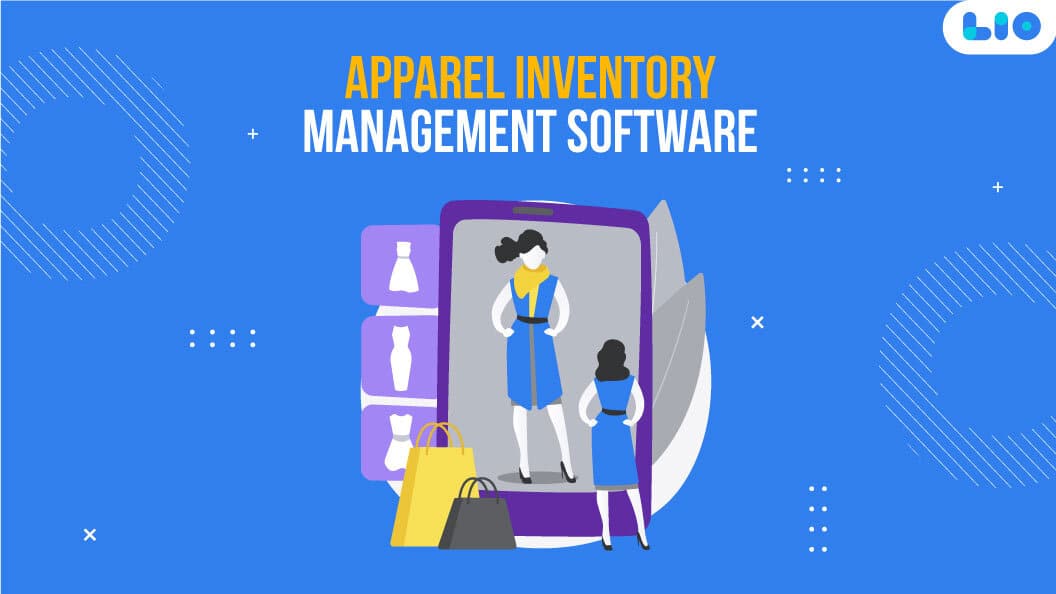


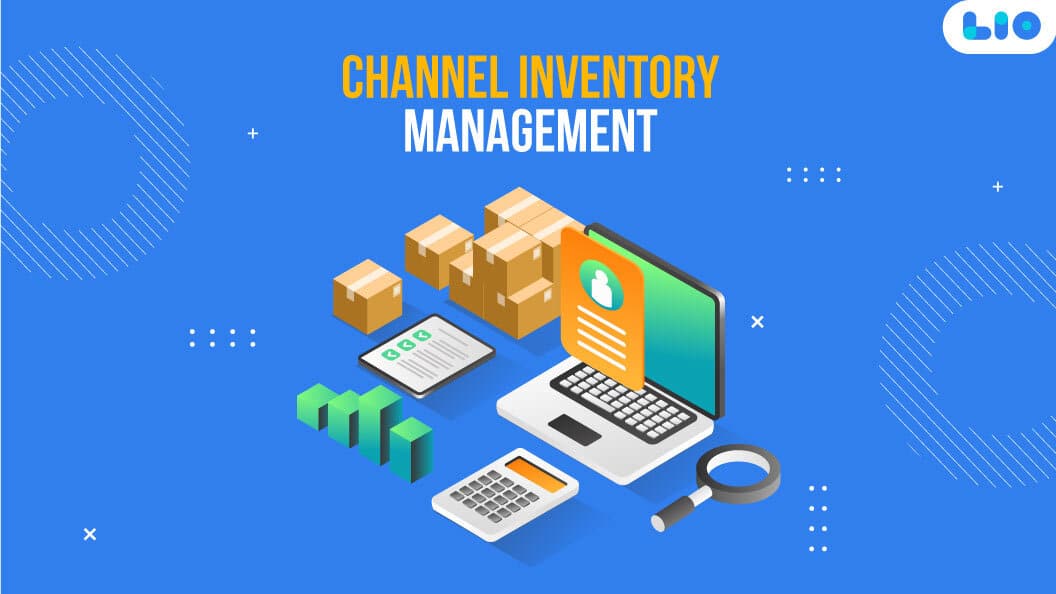

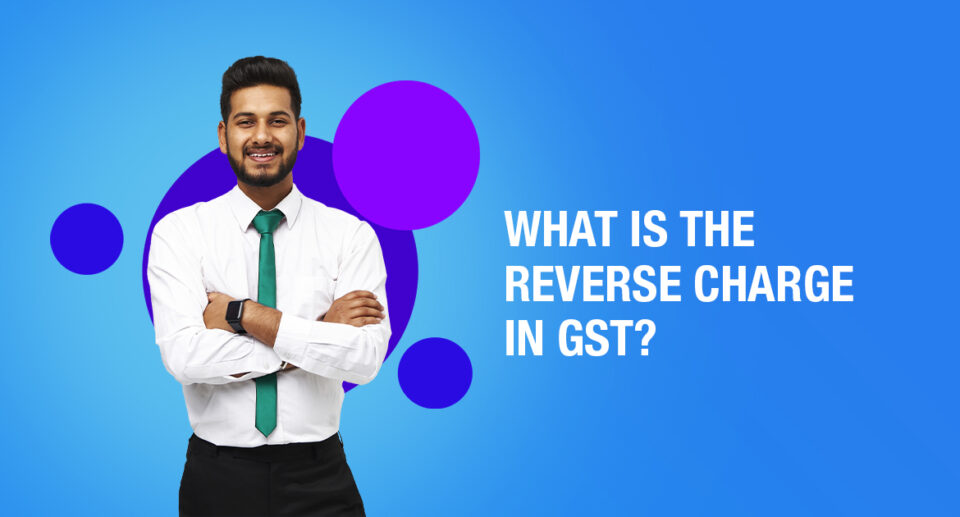
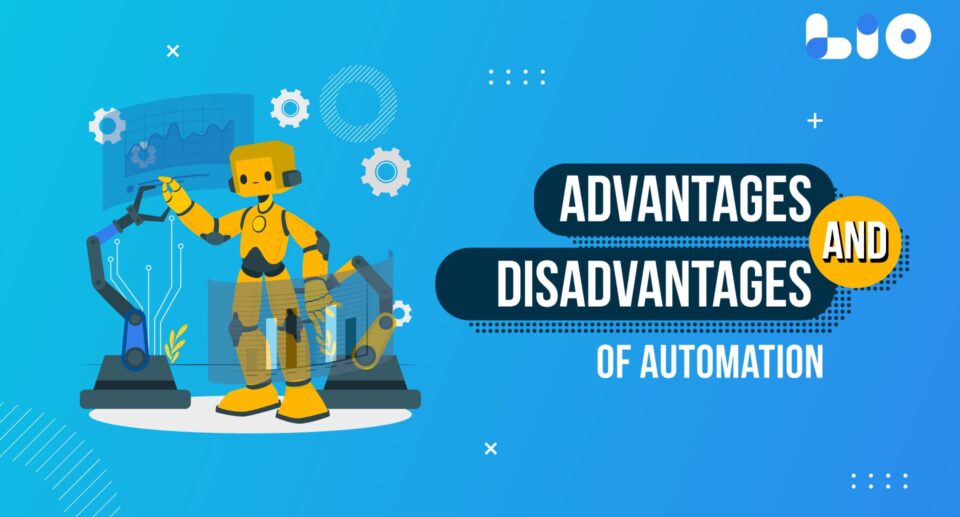
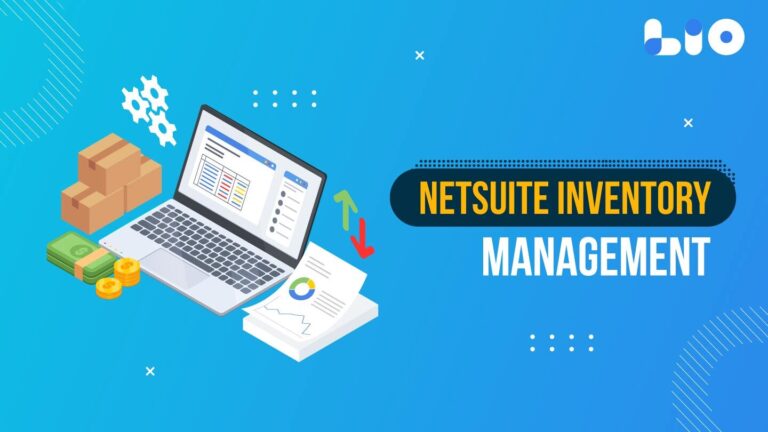

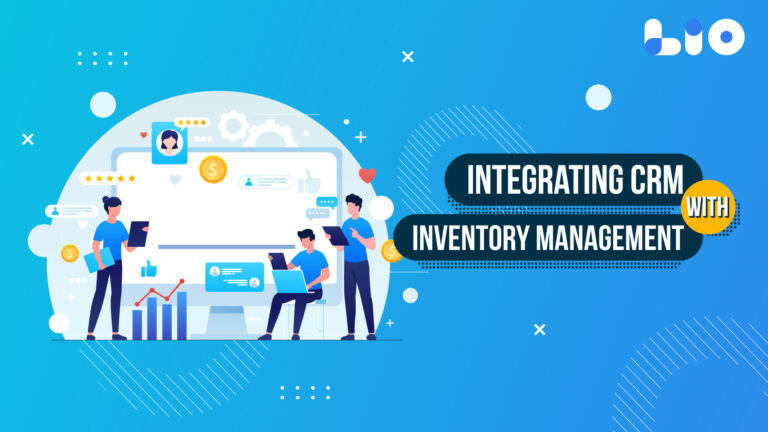
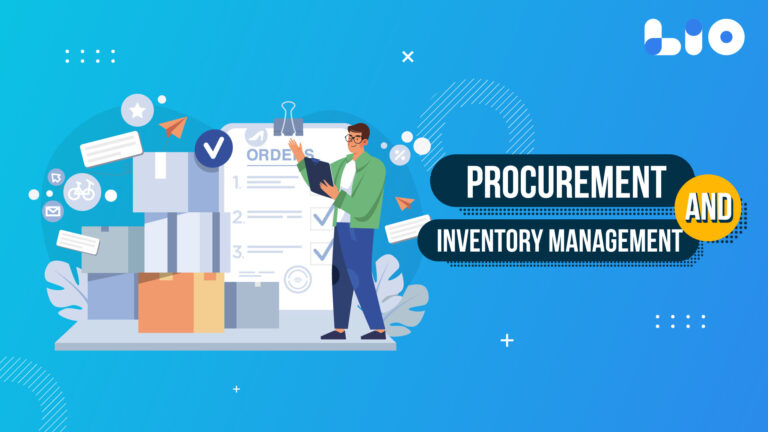


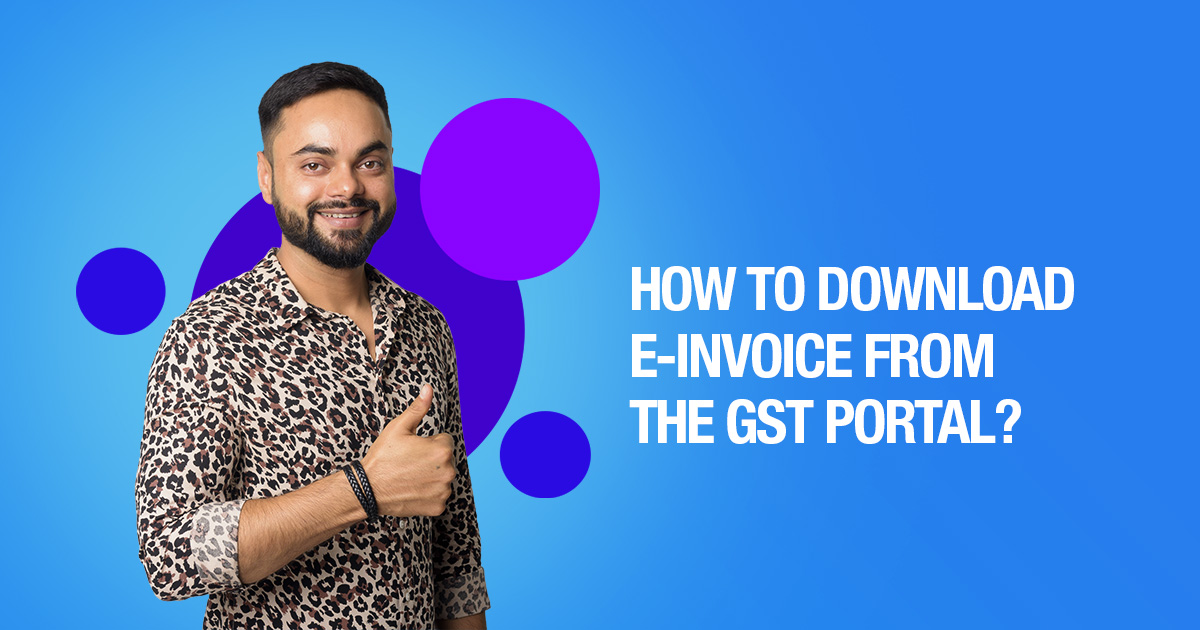
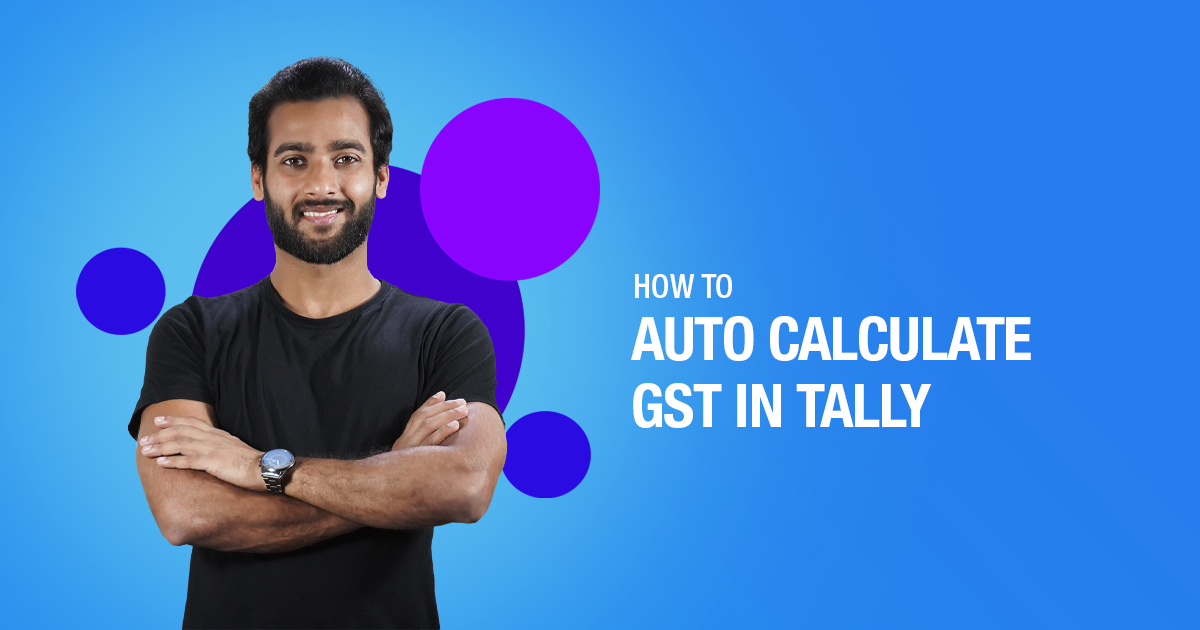
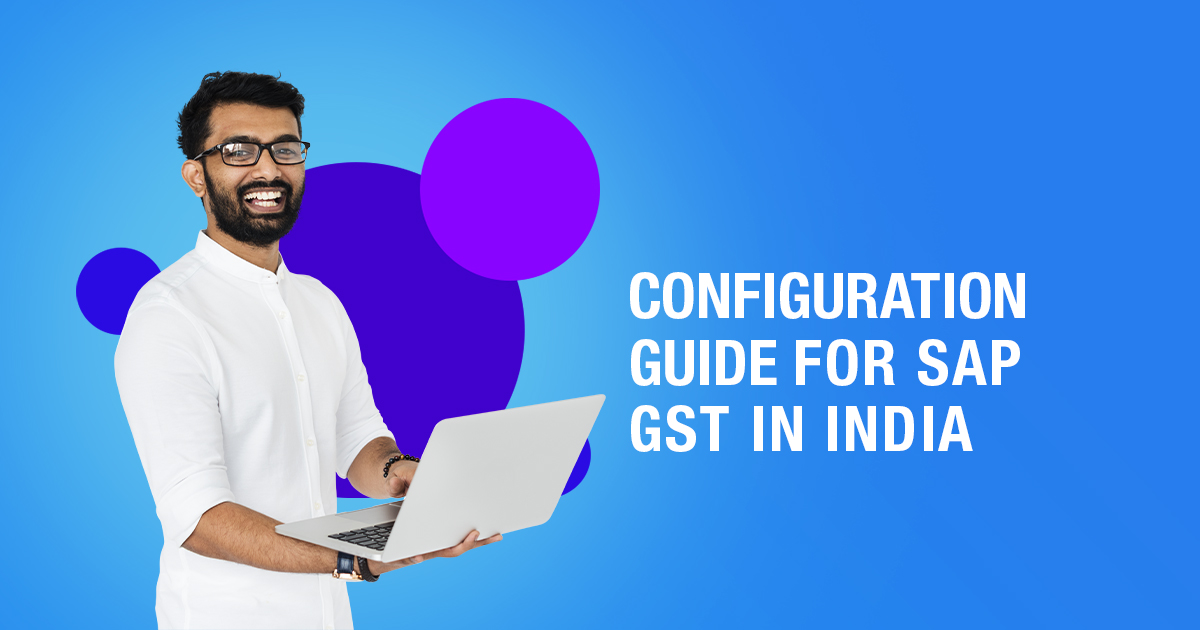
10 Comments
Thank you so much for your amazing article. You provided such great detail while describing the benefits and drawbacks of the GST composition scheme. Thank you for providing this information.
Hello Hareesh,
Thank you so much for your kind words.
I am so glad that you found this article informative.
Happy reading!
Please let me know if GST4 is a requirement for all composition schemes. Thank you for all of these articles, for enlightening us and providing us with so much information.
Hello Vaishnav,
Yes, even if your registration is cancelled or you chose to leave the programme, you are still obligated to submit the annual returns using form GSTR 4 for the fiscal year.
I want to know who is completely ineligible for the composition scheme. If you don’t mind, could you please explain in simple terms.
Hello Noufie,
Under the GST composition scheme, not everyone may register. Individuals who pay taxes or whose annual income is up to INR 1.5 crore in a fiscal year. With the exception of Jammu & Kashmir and Uttarakhand, the maximum on turnover for special category States has been raised to Rs 75 Lacs.
Could you also please explain how the aggregate turnover will be calculated for composition? Thank you so much..
Hello Frizzel,
You can compute aggregate turnover as follows:
Value of all (taxable supplies + exempt supplies + interstate supplies + exports) – (taxes + value of incoming supplies + Value of supplies taxable under reverse charge plus Value of non-taxable supplies) of an Indian citizen who uses the same PAN (Permanent Account Number) for all of his business organizations.
Please let me know if the composition levy’s option to pay tax can be used at any time of the year.
Hello Carla,
No, the option must be submitted online in FORM GST CMP-02 before the start of the relevant fiscal year.